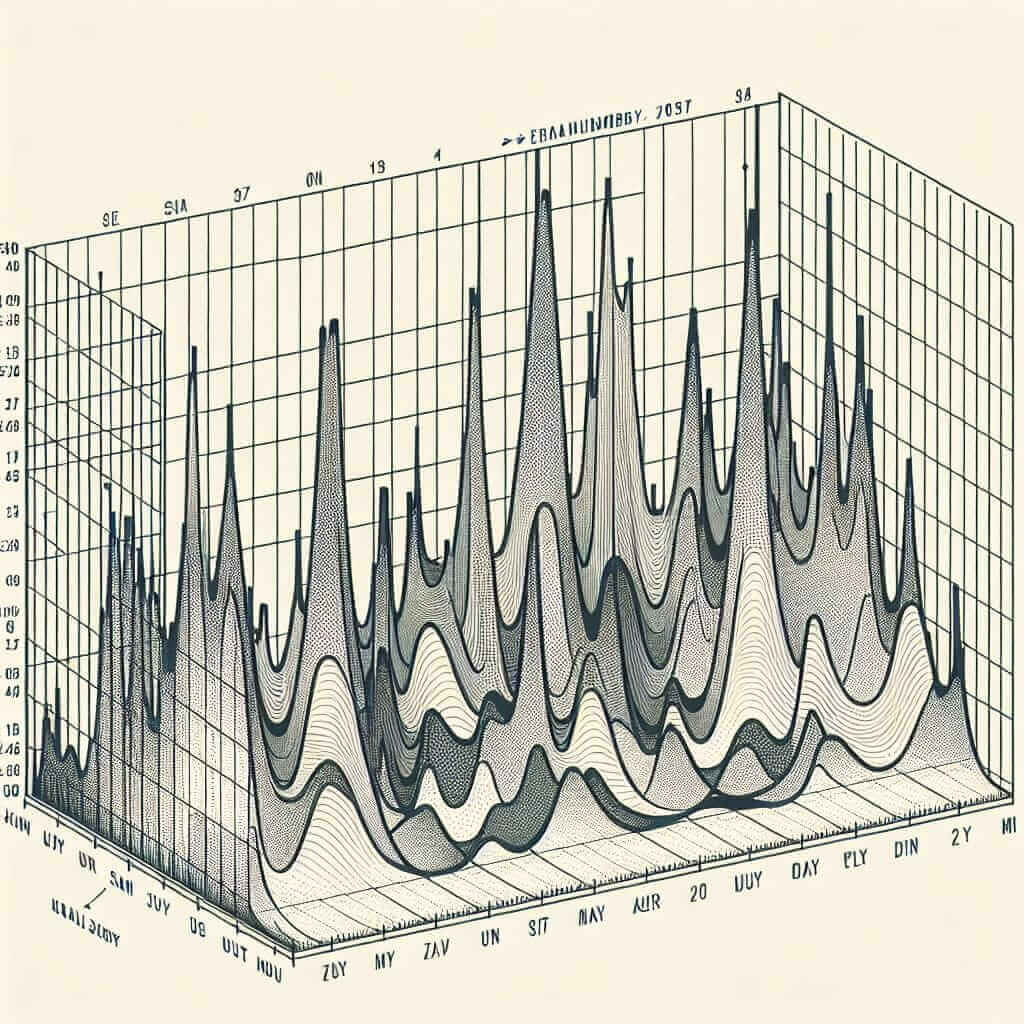The Importance of IELTS Academic Writing Task 1
IELTS Academic Writing Task 1 is a crucial part of the IELTS exam, testing your ability to interpret and describe visual data. This data is usually presented in the form of charts, graphs, tables, or diagrams. Mastering this task is essential for achieving a high band score in the Writing section.
Understanding the Task
You’ll be given 20 minutes to write a report of at least 150 words. This report should accurately and effectively summarize the key features of the visual data provided. Remember, you are not expressing your personal opinion or providing solutions; you are simply reporting the information presented.
Steps to Ace IELTS Writing Task 1
1. Analyze the Visual Data
Before you start writing, spend a few minutes carefully analyzing the provided visual. Identify the type of visual, its main features, units of measurement, and any trends or patterns. Ask yourself:
- What does the visual represent? (e.g., sales figures, population growth)
- What is the time period covered?
- Are there any significant increases, decreases, or fluctuations?
2. Structure Your Response
A well-structured response is crucial for clarity and coherence. Follow this structure:
Introduction (1-2 sentences):
- Paraphrase the question, stating what the visual represents.
Overview (2-3 sentences):
- Summarize the key trends, patterns, or changes shown in the visual.
- Avoid including specific data in this section; focus on the overall picture.
Body Paragraphs (2-3 paragraphs):
- Each paragraph should focus on a specific aspect of the data.
- Provide specific details, comparisons, and supporting figures to illustrate the trends.
- Use linking words and phrases to ensure a smooth flow of information.
Conclusion (Optional – 1 sentence):
- Briefly restate the main trend or findings. This is not mandatory but can add a sense of completion.
3. Use Accurate and Varied Language
- Vocabulary: Use a wide range of vocabulary related to describing trends, changes, and comparisons. (e.g., increase, decrease, fluctuate, peak, trough, significant, gradual, respectively).
- Grammar: Pay attention to your grammar, especially tenses. Use the appropriate tense based on the time frame presented in the visual.
- Sentence Structure: Vary your sentence structure to avoid monotony and enhance readability.
Example: Line Graph
Question:
The line graph shows the number of visitors to a museum in a year.

Sample Answer:
The line graph illustrates the monthly visitor figures for a museum over a one-year period.
Overall, the number of visitors fluctuated throughout the year, with the highest attendance recorded in August and the lowest in February.
In the first quarter, visitor numbers remained relatively stable, hovering around 15,000. However, there was a significant surge in attendance during the summer months, peaking at 30,000 in August. This was followed by a steady decline throughout the autumn, reaching 10,000 visitors in November. December saw a slight increase in attendance, likely due to the holiday season.
Tips for Success
- Practice Regularly: Familiarize yourself with different types of visuals and practice writing reports using sample tasks.
- Time Management: Allocate your time wisely. Don’t spend too long analyzing the data, leaving insufficient time for writing.
- Proofread Carefully: Allow a few minutes to review your work for any grammatical errors or inaccuracies.
Conclusion
Mastering IELTS Academic Writing Task 1 requires practice, a systematic approach, and a good understanding of data interpretation. By following these tips and strategies, you can confidently tackle this task and improve your chances of achieving your desired band score.